Home>diy>Architecture & Design>What Is The Facade Of A House
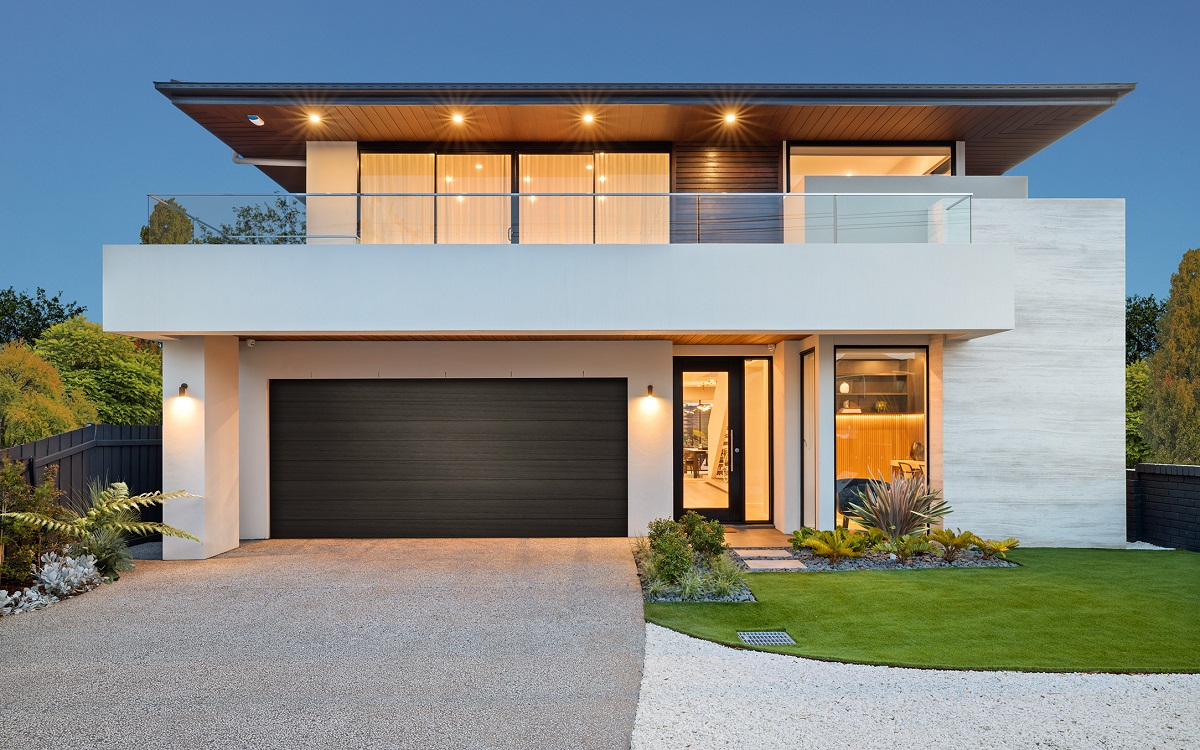

Architecture & Design
What Is The Facade Of A House
Modified: August 16, 2024
Discover the importance of the facade in architecture design and how it contributes to the overall aesthetic appeal and functionality of a house. Explore different facade styles and materials.
(Many of the links in this article redirect to a specific reviewed product. Your purchase of these products through affiliate links helps to generate commission for Storables.com, at no extra cost. Learn more)
Introduction
The facade of a house is the first thing that greets visitors and sets the tone for the overall aesthetic appeal of the property. It serves as a protective barrier, shielding the interior from the elements while showcasing the unique style and personality of the architecture. A well-designed facade not only enhances the beauty of a house but also adds value to the property and creates a positive first impression.
In simple terms, the facade refers to the exterior face of a building. It includes the walls, windows, doors, and any other architectural features that are visible from the street or public view. The facade can be thought of as the “face” of the house, reflecting its character and reflecting the tastes and preferences of the homeowner.
The importance of a house facade cannot be overstated. It not only adds curb appeal and enhances the visual appeal of the property but also plays a crucial role in energy efficiency, insulation, and overall functionality. The choice of materials, colors, and design elements in the facade can significantly impact the comfort and livability of the interior spaces.
A well-designed facade should not only be aesthetically pleasing but also practical. It should complement the architectural style of the house, blend harmoniously with the surrounding environment, and be durable enough to withstand the test of time and weather conditions.
In this article, we will explore the various elements and materials used in house facades, discuss different types of facades, and examine the factors to consider when designing a facade. We will also delve into the benefits of a well-designed facade and address common issues that homeowners may face. Finally, we will touch upon the maintenance and cleaning of facades to ensure their longevity and attractiveness.
So, if you’re interested in learning more about the fascinating world of house facades, keep reading to discover how the exterior design of a house can make a significant impact on its overall appeal and functionality.
Key Takeaways:
- A well-designed facade is more than just a pretty face – it adds value, functionality, and beauty to a home, reflecting the homeowner’s style and attention to detail.
- Regular maintenance and cleaning of facades are crucial to preserve their beauty, functionality, and longevity, ensuring a positive first impression and long-lasting impact.
Read more: What Is A Facade?
Definition of Facade
The term “facade” originated from the French word “façade”, meaning the front face or exterior of a building. It refers to the visible, outward-facing part of a structure that is designed to be aesthetically pleasing and representative of the overall architectural style.
Essentially, the facade is the part of the building that is seen from the street or public view, creating the first impression for visitors and passersby. It encompasses elements such as the walls, windows, doors, roofline, and any decorative or architectural features that are integrated into the exterior design.
The facade serves multiple functions, including providing protection from the elements, enhancing the visual appeal of the building, and reflecting the personality and style of the homeowner or architect. It is not only a decorative aspect but also plays a crucial role in improving energy efficiency, insulation, and overall structural integrity.
While the primary purpose of a facade is to serve as a barrier between the interior and the outside world, it goes beyond mere functionality. It is a means of self-expression, allowing individuals to showcase their unique tastes and preferences through architectural design choices.
Architectural styles greatly influence the design of facades, ranging from traditional and classical to modern and minimalist. Each style has its own set of defining features and characteristics, which are reflected in the overall composition and detail of the facade.
With advancements in technology and materials, modern facades have evolved to incorporate innovative designs and sustainable practices. From sleek glass facades to intricate brickwork and sustainable green facades, there is a wide range of options available to create a facade that is both visually striking and environmentally conscious.
In summary, the facade of a building refers to the outward-facing, visible part of the structure. It combines aesthetic appeal, functionality, and architectural style to create a visually pleasing and representative exterior. The design choices made in the facade significantly impact the overall look and feel of a building, making it an essential aspect of architectural design.
Importance of a House Facade
The house facade is more than just a pretty face. It plays a vital role in shaping the overall appearance and functionality of a home. Here are the key reasons why the house facade holds immense importance:
Curb Appeal: A well-designed facade instantly enhances the curb appeal of a house. It creates a striking first impression and sets the tone for the entire property. Whether it’s a classic architectural style or a contemporary design, a visually appealing facade can make a house stand out and attract potential buyers or guests.
Reflection of Style: The facade is a means of expressing personal style and taste. It reflects the architectural style and individual preferences of the homeowner. From traditional to modern, the facade design serves as a visual representation of the overall aesthetic of the house.
Street Harmony: A harmonious facade blends seamlessly with the surrounding environment, contributing to the overall streetscape. It helps create a sense of unity and design coherence among neighboring houses, enhancing the aesthetic appeal of the entire street or neighborhood.
Energy Efficiency: A well-designed facade can significantly contribute to energy efficiency. Proper insulation, appropriate placement of windows to maximize natural light, and the use of energy-efficient materials can positively impact the thermal performance of a home. This leads to lower energy consumption, reduced utility bills, and a more comfortable living environment.
Protection from the Elements: The house facade acts as a shield, protecting the interior from harsh weather conditions. It provides a barrier against rain, wind, sun, and even noise pollution. The choice of durable materials, proper sealing, and adequate structural design ensure the longevity and functionality of the facade.
Value Addition: A well-maintained and aesthetically pleasing facade can add value to a property. Prospective buyers are often attracted to houses with an appealing exterior, recognizing that a well-cared-for facade reflects the overall maintenance and care given to the property.
Personalization and Individuality: The facade allows homeowners to personalize their homes and express their individuality. Through architectural details, colors, and materials, individuals can create a unique statement that reflects their personality and design preferences.
Sense of Pride: A beautifully designed facade instills a sense of pride in homeowners. It becomes a source of satisfaction and a reflection of their investment in creating a comfortable and aesthetically pleasing living space.
By understanding the importance of a house facade, homeowners can make informed decisions when it comes to designing, renovating, or maintaining their exteriors. Balancing aesthetics, functionality, and energy efficiency can lead to a well-rounded and visually stunning facade that not only enhances the overall appearance of the house but also adds value and comfort to the home.
Elements of a House Facade
The house facade is composed of various elements that work together to create a visually appealing and functional exterior. Understanding these elements is crucial when designing or evaluating a facade. Here are the key elements to consider:
Walls: The walls form the primary structure of the facade. They can be made of various materials such as brick, stone, stucco, wood, or siding. The color, texture, and pattern of the walls contribute to the overall aesthetic and style of the facade.
Windows: Windows not only provide natural light and ventilation but also add visual interest to the facade. The size, shape, style, and placement of windows play a significant role in the overall composition. Different window types like casement, double-hung, or bay windows can be incorporated to suit the architectural style and design intent.
Doors: The main entrance door is a focal point of the facade and can greatly influence the overall design. The material, color, style, and decorative elements of the door contribute to the overall aesthetic appeal of the entrance. Windows, sidelights, and transoms around the door can enhance its visual impact.
Roofline: The roofline defines the silhouette of the house and adds architectural interest to the facade. It can be simple or complex, depending on the style of the house. The design of the eaves, roof pitch, dormers, and gables all contribute to the overall character of the facade.
Architectural Details: These include decorative elements that add visual interest and charm to the facade. Examples include cornices, moldings, columns, balustrades, and pediments. These details can be intricate or minimal, depending on the architectural style and personal preferences.
Color Palette: The selection of colors greatly influences the overall look of the facade. The color scheme should be harmonious and complement the architectural style. Bright and vibrant colors can create a bold statement, while neutral tones lend a more subtle and timeless appeal.
Landscaping: Although not directly part of the facade itself, landscaping plays a crucial role in enhancing the overall appearance. It includes elements such as plants, trees, hedges, pathways, and outdoor lighting. Thoughtful landscaping can add texture, color, and depth to the facade, creating a welcoming and cohesive look.
When designing or evaluating a house facade, it’s essential to consider these elements holistically. Balancing materials, colors, proportions, and architectural details helps create a cohesive and visually pleasing exterior. Each element contributes to the overall composition, allowing homeowners to create a facade that reflects their style and creates a positive first impression.
Materials Used in Facades
The choice of materials for a house facade greatly influences its aesthetic appeal, durability, and maintenance requirements. Different materials offer unique characteristics and visual effects. Here are some commonly used materials in facades:
Brick: Brick is a classic and timeless material used in facades. It offers durability, insulation, and a charming textured appearance. Bricks can be arranged in different patterns, such as Flemish bond or herringbone, to create visual interest. The color of bricks can range from subtle earth tones to vibrant reds, depending on preferences.
Stone: Natural stone, such as granite, limestone, or marble, lends an elegant and luxurious look to a facade. It offers durability and a unique texture that adds depth and richness. Stone can be used as cladding, creating a solid and enduring appearance.
Stucco: Stucco is a versatile material that can be textured or smooth, offering a clean and modern look. It is a combination of cement, sand, and water, applied in layers over a wire mesh. Stucco is customizable and can be painted in various colors to suit different architectural styles.
Wood: Wood is a warm and natural material that adds charm and character to a facade. It can be used in different forms, such as clapboard, shingles, or panels. Wood requires regular maintenance to protect it from moisture and insects, but it offers a unique and timeless appeal.
Metal: Metal facades, such as steel or aluminum, offer a contemporary and industrial look. Metal can be used as cladding or in the form of panels, creating a sleek and modern appearance. It is durable, low maintenance, and can be customized with various finishes, including painted, brushed, or oxidized surfaces.
Glass: Glass is commonly used in modern and minimalist facades. It offers transparency, allowing natural light to flood the interior spaces. Glass facades can be combined with metal or concrete to create a striking visual effect. Energy-efficient glass options are available to improve insulation and reduce heat transfer.
Concrete: Concrete is a versatile material that can be formed into different shapes and textures. It can be poured as a solid mass or used in precast panels. Concrete facades can be left in their natural gray state or painted in various colors. It is durable, fire-resistant, and provides excellent insulation.
Composite Materials: Composite materials, such as fiber cement panels or composite wood, offer a combination of durability, low maintenance, and design versatility. These materials mimic the appearance of natural wood or stone while providing enhanced resistance to moisture, insects, and decay.
The choice of materials for a facade should consider factors such as climate, architectural style, maintenance requirements, and personal preferences. Combining different materials can create a visually appealing and dynamic facade. It’s important to select materials that not only contribute to the desired aesthetic but also offer practicality and longevity.
Read more: What Is A Brick Facade
Types of House Facades
The design of a house facade can vary greatly depending on architectural styles, regional influences, and individual preferences. Here are some common types of house facades:
Traditional Facade: This type of facade is often characterized by classic architectural features and detailing. It embraces traditional designs, such as Victorian, Colonial, or Craftsman styles. Traditional facades often include ornate trim, decorative moldings, and symmetrical window arrangements, creating a timeless and elegant look.
Modern Facade: Modern facades embrace sleek lines, minimalism, and simplicity. They often feature clean geometric shapes, large windows, and a focus on functionality and efficiency. Materials like glass, steel, and concrete are commonly used to create a contemporary and visually striking appearance.
Contemporary Facade: Contemporary facades combine elements of both traditional and modern designs. They offer a fresh and updated take on architectural styles. Contemporary facades may feature asymmetrical designs, unique rooflines, and a combination of materials to create a visually dynamic and individualistic look.
Mediterranean Facade: Inspired by the architectural styles of Mediterranean regions, this type of facade often incorporates stucco walls, arched windows and doorways, and terracotta roof tiles. It exudes a warm and inviting atmosphere and may include elements like decorative wrought iron details and colorful mosaic accents.
Craftsman Facade: Craftsman facades emphasize craftsmanship, natural materials, and attention to detail. These facades typically have exposed wooden beams, tapered columns, and front porches. The use of stone, brick, and shingles helps create a warm and rustic feel, paying homage to the Arts and Crafts movement.
Minimalist Facade: Minimalist facades strip away unnecessary ornamentation and focus on simplicity and clean lines. They often feature flat roofs, white or neutral-colored walls, and large windows that maximize natural light. This style creates a sense of openness and clarity, promoting a serene and uncluttered aesthetic.
Cottage Facade: Cottage facades showcase a cozy and charming appearance. They typically have pitched roofs with gable ends, small windows, and often feature materials like wood siding, brick, or stone. These facades embody a quaint and inviting ambiance, reminiscent of countryside cottages.
Colonial Facade: Colonial facades draw inspiration from the architectural styles of the American colonial period. They often feature symmetrical designs, elegant brickwork, tall columns, and multi-paned windows. Colonial facades exude a sense of refinement and historical charm.
These are just a few examples of the many types of house facades that exist. When choosing a facade style, it’s important to consider factors such as the architectural style of the house, local building codes, and personal preferences. A carefully selected facade style can greatly enhance the overall aesthetic appeal and character of a home.
The facade of a house refers to the exterior front face, including the walls, windows, doors, and architectural features. It is the first impression of a home and can greatly impact its curb appeal. Consider adding elements such as landscaping, lighting, and a fresh coat of paint to enhance the facade.
Factors to Consider in Designing a Facade
Designing a facade requires thoughtful consideration of various factors to create a visually appealing, functional, and harmonious exterior. Here are some important factors to keep in mind when designing a facade:
Architectural Style: The architectural style of the house should influence the design of the facade. Different architectural styles have their own set of characteristic features and elements that should be considered to maintain consistency and authenticity.
Proportion and Scale: Proportion and scale are crucial in creating a well-balanced facade. The size and placement of windows, doors, and architectural details should be carefully considered to ensure they harmonize with the overall composition and neighboring structures.
Orientation and Sunlight: The facade design should take into account the orientation of the house and the availability of natural light. Proper placement and sizing of windows can optimize natural light ingress while considering factors such as privacy and energy efficiency.
Materials and Finishes: The selection of materials is vital in shaping the visual appeal and longevity of the facade. Consider the durability, maintenance requirements, and compatibility with the architectural style when choosing materials and finishes.
Color Palette: Selecting an appropriate color palette is crucial in creating a cohesive and visually pleasing facade. Consider the architectural style, surrounding environment, and personal preferences when choosing colors. Pay attention to the relationship between colors and how they interact with natural light.
Context and Surroundings: The facade should harmonize with the surrounding environment and neighboring structures. Take into account the architectural vernacular and design cues of the surrounding area to create a facade that complements the overall streetscape.
Entryway and Focal Points: The main entrance of the house plays a significant role in the design of the facade. Consider creating a visually appealing and welcoming entryway, incorporating elements like a grand doorway, porch, or unique architectural detailing to serve as focal points.
Sustainability and Energy Efficiency: Consider incorporating sustainable design principles into the facade, such as energy-efficient windows, insulation, and renewable materials. This can help reduce energy consumption and create a more comfortable and environmentally friendly home.
Functionality and Practicality: A well-designed facade should also consider functional aspects. Take into account the flow of people, accessibility, and how the facade integrates with the interior spaces and outdoor living areas.
Personal Expression: Lastly, the facade should be a reflection of the homeowner’s personal style and taste. Incorporate elements that resonate with their preferences and create a sense of identity.
By considering these factors in the design process, homeowners and architects can create facades that are not only visually appealing and harmonious but also functional, sustainable, and representative of the homeowners’ unique style and needs.
Benefits of a Well-Designed Facade
A well-designed facade can have a multitude of benefits, ranging from enhancing the aesthetic appeal of a house to improving its energy efficiency and overall functionality. Here are some key benefits of a well-designed facade:
Curb Appeal: One of the immediate benefits of a well-designed facade is its positive impact on curb appeal. A visually pleasing facade creates a strong first impression and increases the overall attractiveness of the property. This can boost the perceived value of the house and generate interest from potential buyers or visitors.
Enhanced Aesthetic Appeal: A well-designed facade adds beauty and character to a house. Carefully chosen materials, colors, architectural elements, and details can create a visually stunning exterior. Aesthetically appealing facades not only bring joy to homeowners but also contribute to the overall visual harmony of the neighborhood or street.
Increased Property Value: A well-maintained and thoughtfully designed facade can significantly increase the value of a property. Potential buyers are often willing to pay a premium for houses with attractive exteriors that reflect the care and attention to detail invested by the homeowner.
Energy Efficiency: A well-designed facade can contribute to improved energy efficiency. Proper insulation, strategically placed windows for natural light and ventilation, and the use of energy-efficient materials all help reduce energy consumption and lower utility costs. This not only benefits the environment but also provides long-term cost savings for homeowners.
Functional Design: A well-designed facade takes into account practical considerations. It incorporates functional elements such as proper entrance placement, convenient access to outdoor spaces, and effective protection from weather elements. A functional design ensures that the facade aligns with the needs and lifestyle of the occupants.
Protection and Durability: A well-designed facade serves as a protective barrier, shielding the interior of the house from weather conditions, UV radiation, and other external factors. Using durable and weather-resistant materials ensures the longevity and structural integrity of the facade, reducing maintenance and repair costs.
Personal Expression: A well-designed facade allows homeowners to express their personal style and personality. It becomes a canvas for showcasing individual tastes, architectural preferences, and creative choices. A facade that reflects the homeowner’s identity brings a sense of pride and satisfaction.
Improved Livability and Comfort: A well-designed facade considers the impact on the interior spaces. Properly designed windows allow for ample natural light, resulting in brighter and more inviting interiors. The thoughtful integration of outdoor elements, such as porches or balconies, can also enhance the livability and enjoyment of the home.
Sense of Community and Pride: A well-designed facade contributes to the overall aesthetic appeal and harmony of the neighborhood. Beautiful exteriors create a sense of community pride and inspire other homeowners to invest in their own facades. This fosters a sense of connection and unity among neighbors.
A well-designed facade is more than just a pretty exterior. It adds value, functionality, and beauty to a house. From increasing curb appeal and property value to improving energy efficiency and creating a sense of pride, a well-designed facade is a worthwhile investment that enhances the overall living experience and leaves a lasting impression.
Common Issues with Facades
While a well-designed facade can bring numerous benefits, there are also common issues that homeowners may encounter. Understanding these issues can help homeowners address them promptly and maintain the integrity and functionality of their facades. Here are some common issues with facades:
Maintenance and Weathering: Facades are constantly exposed to weather elements such as rain, wind, sun, and temperature fluctuations. Over time, this exposure can cause wear and tear, fading of colors, and erosion of materials. Regular maintenance, including cleaning, painting, and repairs, is necessary to keep the facade in good condition.
Moisture and Water Intrusion: Moisture intrusion is a common issue that can lead to mold, rot, and structural damage. Faulty or inadequate waterproofing, cracks in the walls, and poor drainage can allow water to penetrate the facade. Proper waterproofing measures, routine inspections, and prompt repairs are essential to prevent moisture-related issues.
Cracks and Settlement: Over time, buildings may experience settlement and movement, leading to cracks in the facade. These cracks can compromise the structural integrity of the facade and allow moisture and pests to enter. It is important to address cracks promptly and identify the underlying causes to prevent further damage.
Improper Insulation: Inadequate or insufficient insulation in the facade can result in energy loss and reduced thermal comfort inside the house. Poor insulation can lead to higher heating and cooling costs, as well as discomfort. Upgrading insulation, sealing gaps, and using energy-efficient materials can help improve the insulation value of the facade.
Insect Infestation: Gaps, cracks, and unprotected areas in the facade can provide entry points for insects and pests. Termites, carpenter ants, and other pests can cause significant damage to the structure. Regular inspections, proper sealing, and timely pest control measures are necessary to prevent infestations.
Structural Integrity: Structural issues with the facade can compromise the safety and stability of the entire building. Insufficient support, weak materials, or inadequate construction techniques can lead to structural problems over time. Regular inspections by qualified professionals can help identify and address any structural concerns.
Mismatched Renovations: When renovating or making changes to the facade, it is important to ensure that the modifications are consistent with the architectural style and design principles. Mismatched renovations can disrupt the overall aesthetics of the facade and negatively impact the property value. Consulting with professionals and following appropriate guidelines can help avoid this issue.
Lack of Ventilation: Inadequate ventilation can lead to poor indoor air quality, condensation, and mold growth. Insufficient airflow can result from blocked vents, improperly designed ventilation systems, or sealed windows. Ensuring proper ventilation and using breathable materials can help maintain a healthy indoor environment.
Environmental Factors: Facades located in coastal areas or regions with significant air pollution may be susceptible to the corrosive effects of salt, pollutants, or industrial emissions. Regular cleaning and maintenance can help mitigate the impact of these environmental factors on the facade.
Age and Deterioration: Like any other part of a building, facades will naturally age and deteriorate over time. Fading color, deterioration of materials, and outdated design can affect the visual appeal and functionality of the facade. Regular maintenance, periodic inspections, and timely updates can help address these issues.
By being aware of these common issues, homeowners can take proactive measures to preserve the beauty and functionality of their facades. Regular maintenance, inspections, and prompt repairs are key to ensuring that the facade remains in optimal condition, protecting the integrity and value of the home.
Read more: What Is A Facade In Architecture
Maintenance and Cleaning of Facades
Maintenance and regular cleaning of facades are crucial to preserve their beauty, functionality, and longevity. Proper care and attention can help prevent damage, enhance the curb appeal, and maintain the value of the property. Here are some important considerations for the maintenance and cleaning of facades:
Inspect Regularly: Conduct routine inspections of the facade to identify any signs of damage, cracks, or deterioration. Look for water stains, discoloration, loose or damaged materials, and pest infestations. Addressing issues promptly can prevent further damage and costly repairs.
Clean the Surface: Regular cleaning of the facade is essential to remove dirt, grime, and pollutants that can accumulate over time. The cleaning method will depend on the type of material used in the facade. Gentle cleaning agents and soft brushes or sponges should be used to avoid damaging the surface. High-pressure washing may be suitable for some materials, but caution should be exercised to prevent water intrusion or damage.
Remove Stains: Stains on the facade can detract from its appearance. Different types of stains may require specific treatment methods. Consult with professionals or refer to manufacturer guidelines to effectively remove stains caused by mold, mildew, algae, or other substances. Avoid using harsh chemicals that may damage the facade or harm the environment.
Repair and Replace: Promptly address any damage or deterioration in the facade. Repair cracks, fill gaps, and replace damaged or missing materials. Use appropriate materials and techniques, following industry standards and guidelines. Consider consulting with professionals, such as builders or contractors, for complex repairs or structural issues.
Seal and Waterproof: Proper sealing and waterproofing measures are essential to prevent moisture infiltration and protect the facade from damage. Apply appropriate sealants, caulking, or weatherproofing products to seal gaps, joints, and vulnerable areas. Regularly inspect and maintain the integrity of the sealants to ensure their effectiveness.
Maintain Gutters and Drainage: Proper drainage is crucial to prevent water pooling and moisture-related issues. Regularly clean the gutters and downspouts to ensure they are free from debris and functioning properly. Direct the flow of water away from the facade to minimize the risk of water intrusion.
Preserve the Finish: Protect and maintain any applied finishes or coatings on the facade. This may involve periodic repainting, resealing, or reapplying protective coatings. Follow manufacturer instructions and consider consulting with professionals to ensure the proper application and preservation of the finish.
Consider Professional Cleaning and Maintenance: In some cases, professional cleaning and maintenance services may be required. This is especially true for facades with complex designs or delicate materials. Professional cleaners have the expertise, equipment, and knowledge to safely and effectively clean and maintain facades.
Stay Vigilant with Pest Control: Regularly inspect the facade for signs of pest infestations, such as termites or ants. Take appropriate measures to prevent and control pests, such as sealing entry points, conducting routine termite inspections, and seeking professional pest control services if necessary.
Follow Manufacturer and Professional Recommendations: Each type of facade material and finish may have specific maintenance and cleaning requirements. Refer to the manufacturer’s guidelines and recommendations provided by professionals who are knowledgeable about the specific facade materials and design. Adhering to these instructions will ensure proper care and longevity of the facade.
Maintenance and cleaning of facades are ongoing responsibilities for homeowners. By implementing regular upkeep, promptly addressing repairs, and following appropriate cleaning and maintenance methods, homeowners can preserve the beauty, functionality, and value of their facades in the long run.
Conclusion
The facade of a house is not only the face of the building but also a reflection of the homeowner’s style, taste, and attention to detail. A well-designed facade can significantly enhance the overall aesthetic appeal, functionality, and value of a property. It serves as a protective barrier, preserving the interior spaces while creating a positive first impression for visitors and passersby.
Throughout this article, we have explored the various aspects of house facades, from their definition and importance to the elements, materials, and types commonly used in their design. We have discussed the factors to consider when designing a facade, such as architectural style, proportion, orientation, and sustainability. We have also highlighted the benefits of a well-designed facade, including increased curb appeal, property value, energy efficiency, and a sense of pride.
However, it is important to acknowledge the potential issues that can arise with facades, such as maintenance and weathering, moisture intrusion, cracks, and insect infestation. By being aware of these common problems and taking proactive measures to address them, homeowners can ensure the longevity and integrity of their facades.
Regular maintenance and cleaning of facades are essential to preserve their beauty and functionality. Inspections, cleaning, repairs, and appropriate sealing or waterproofing should be part of a homeowner’s routine care. Seeking professional help when needed and following manufacturer and professional recommendations can help homeowners navigate the intricacies of facade maintenance with confidence.
In conclusion, a well-designed and well-maintained facade can transform a house into a welcoming and aesthetically pleasing home. It can create a sense of identity, unity with the surrounding environment, and improve energy efficiency. A thoughtfully designed facade is not only visually striking but also functional, providing protection, comfort, and value to the homeowners.
By understanding the importance of a facade and implementing proper design, maintenance, and cleaning practices, homeowners can ensure that their facades continue to make a positive impact, leaving a lasting impression for years to come.
Frequently Asked Questions about What Is The Facade Of A House
Was this page helpful?
At Storables.com, we guarantee accurate and reliable information. Our content, validated by Expert Board Contributors, is crafted following stringent Editorial Policies. We're committed to providing you with well-researched, expert-backed insights for all your informational needs.
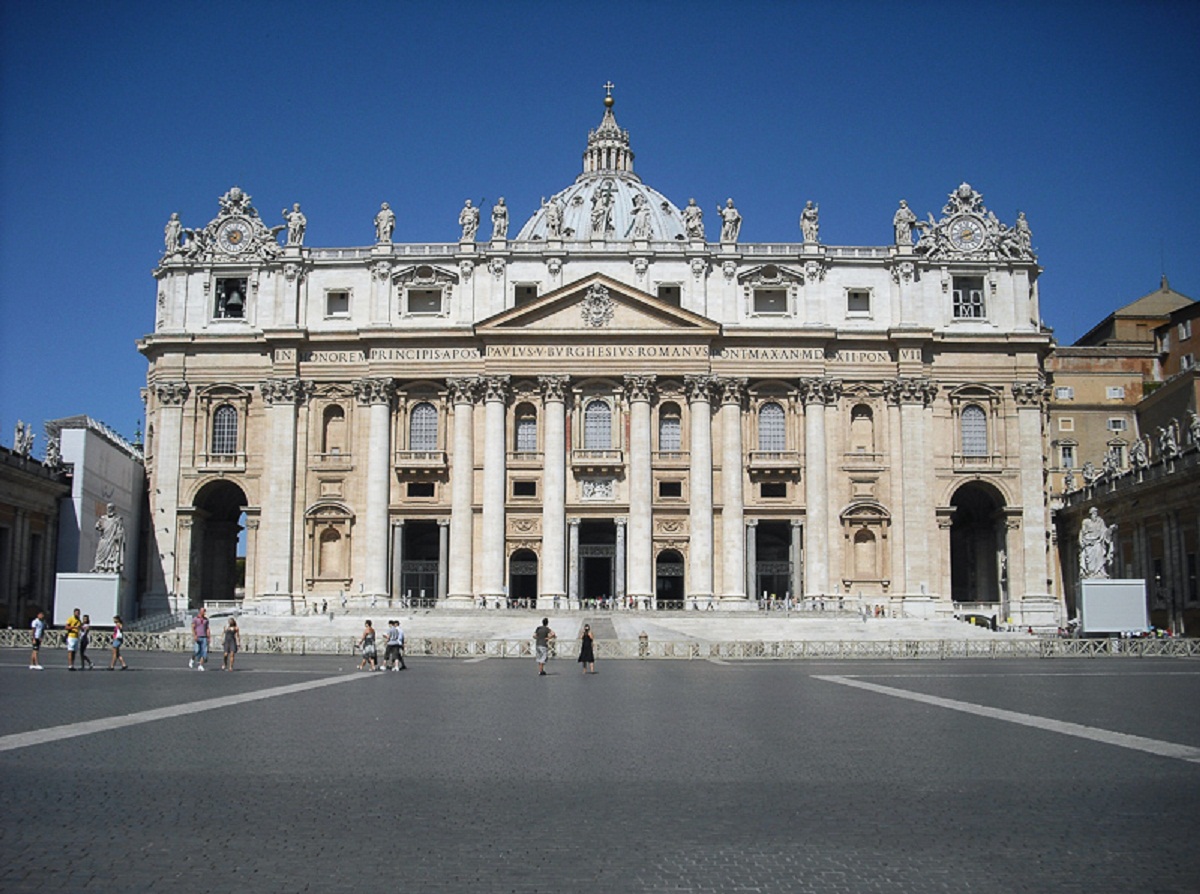
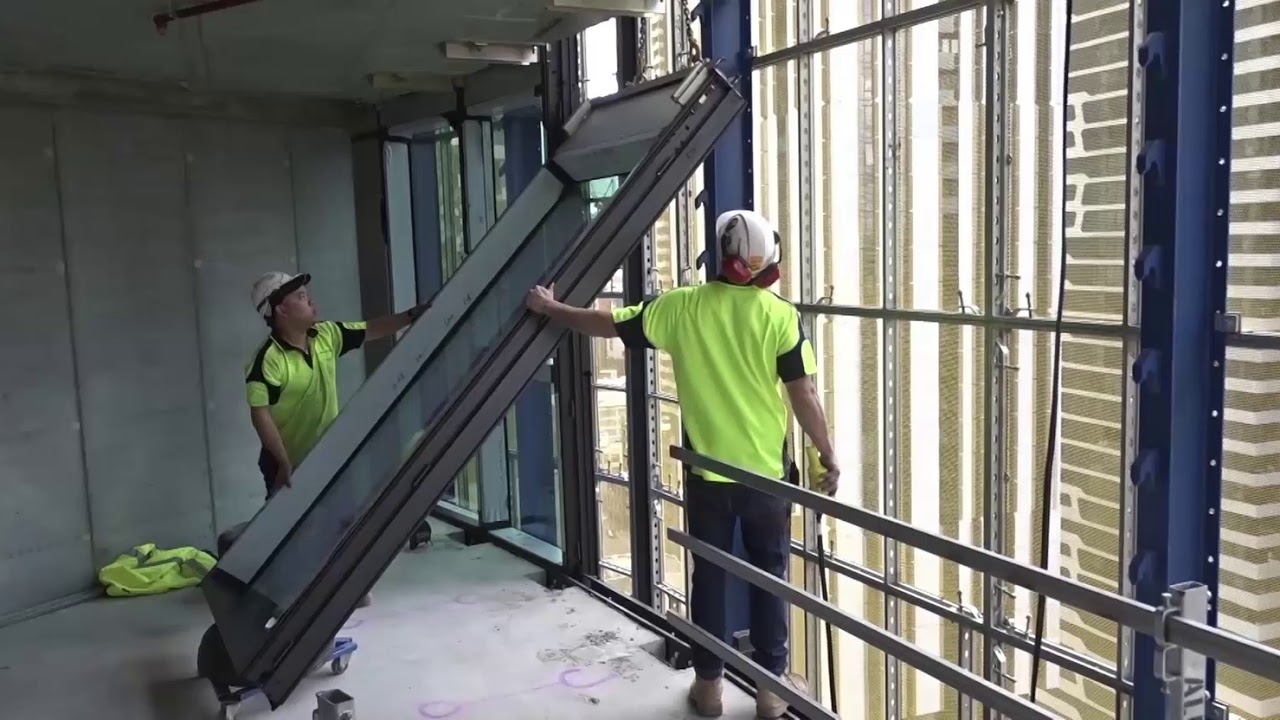
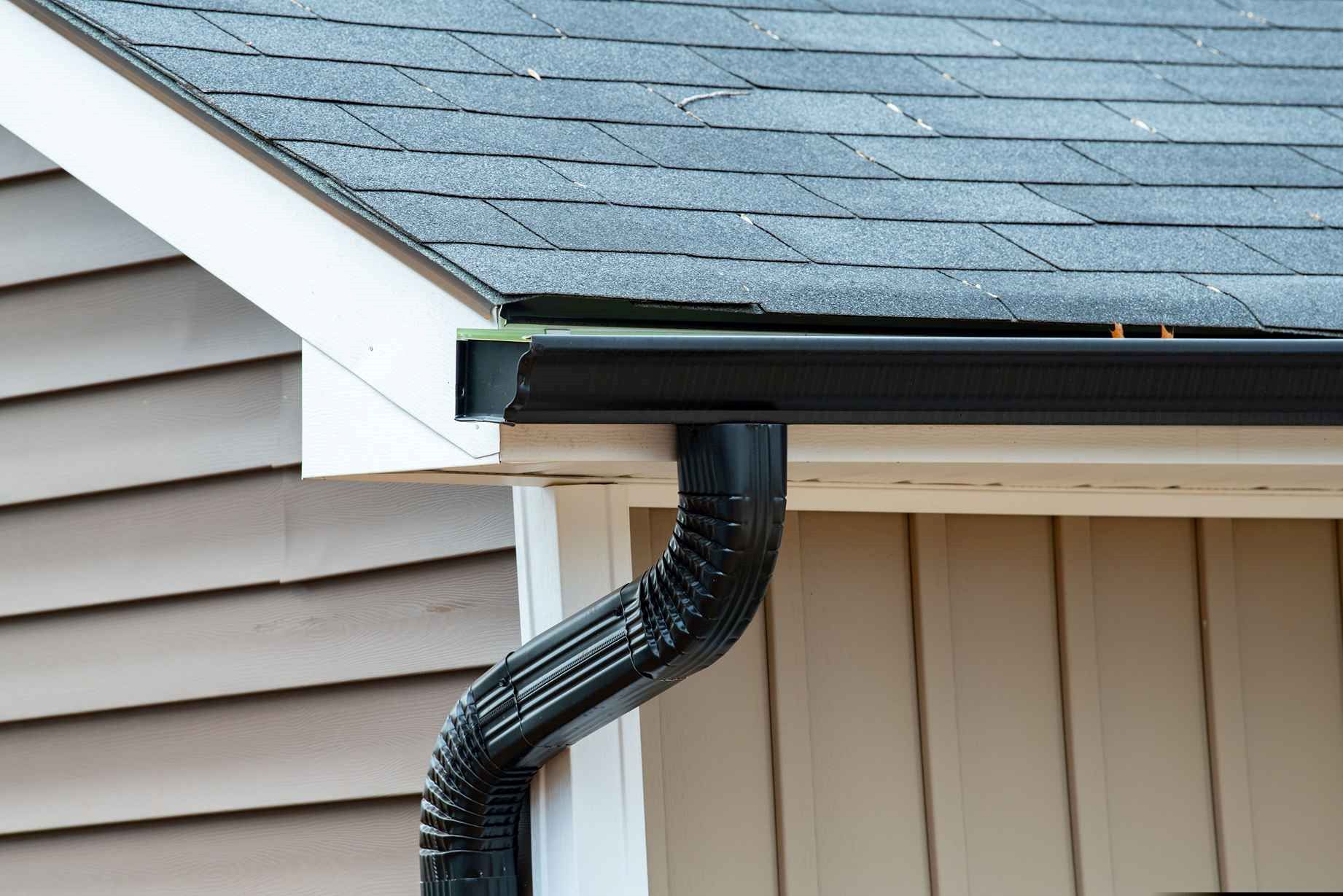
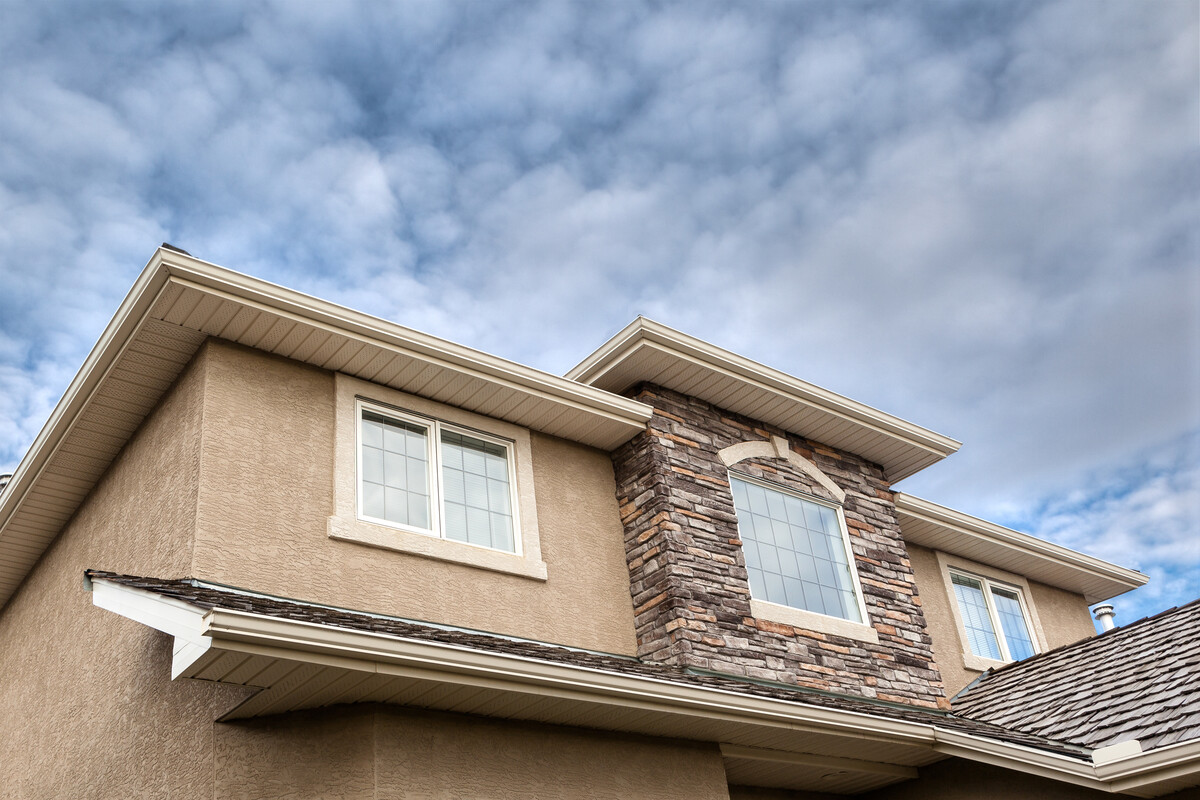
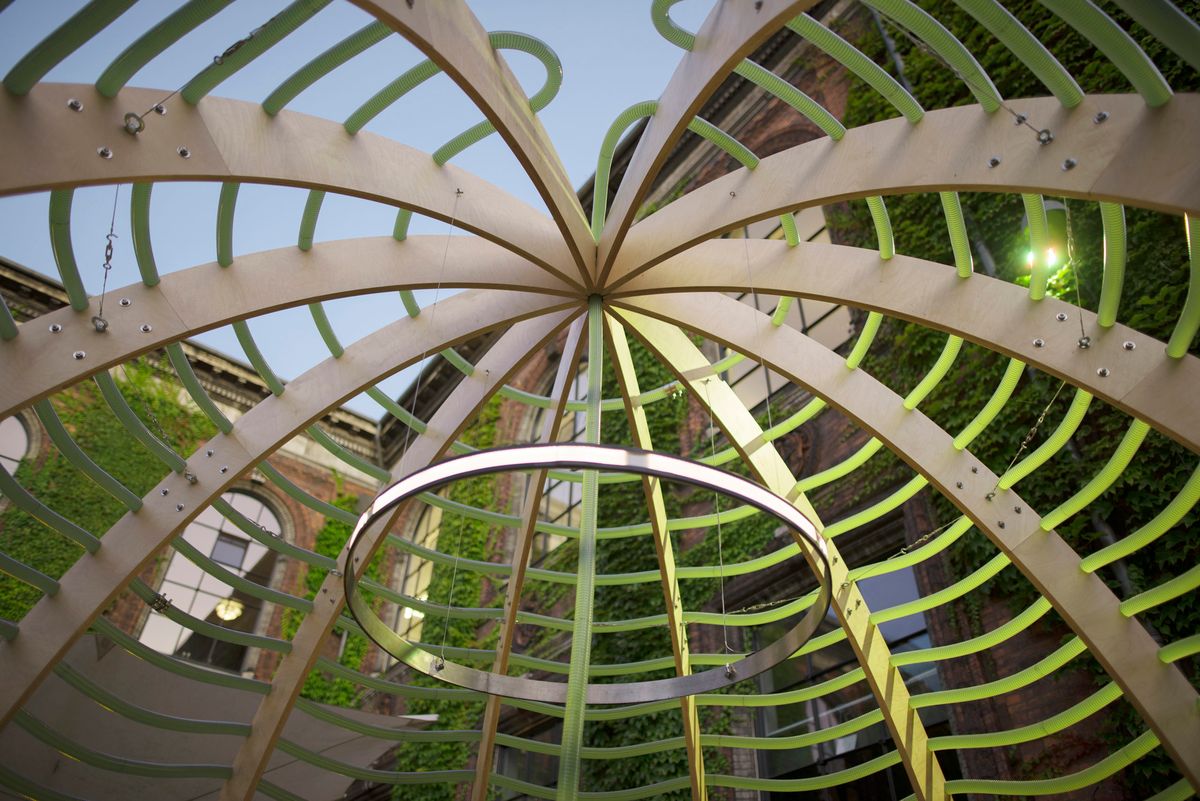
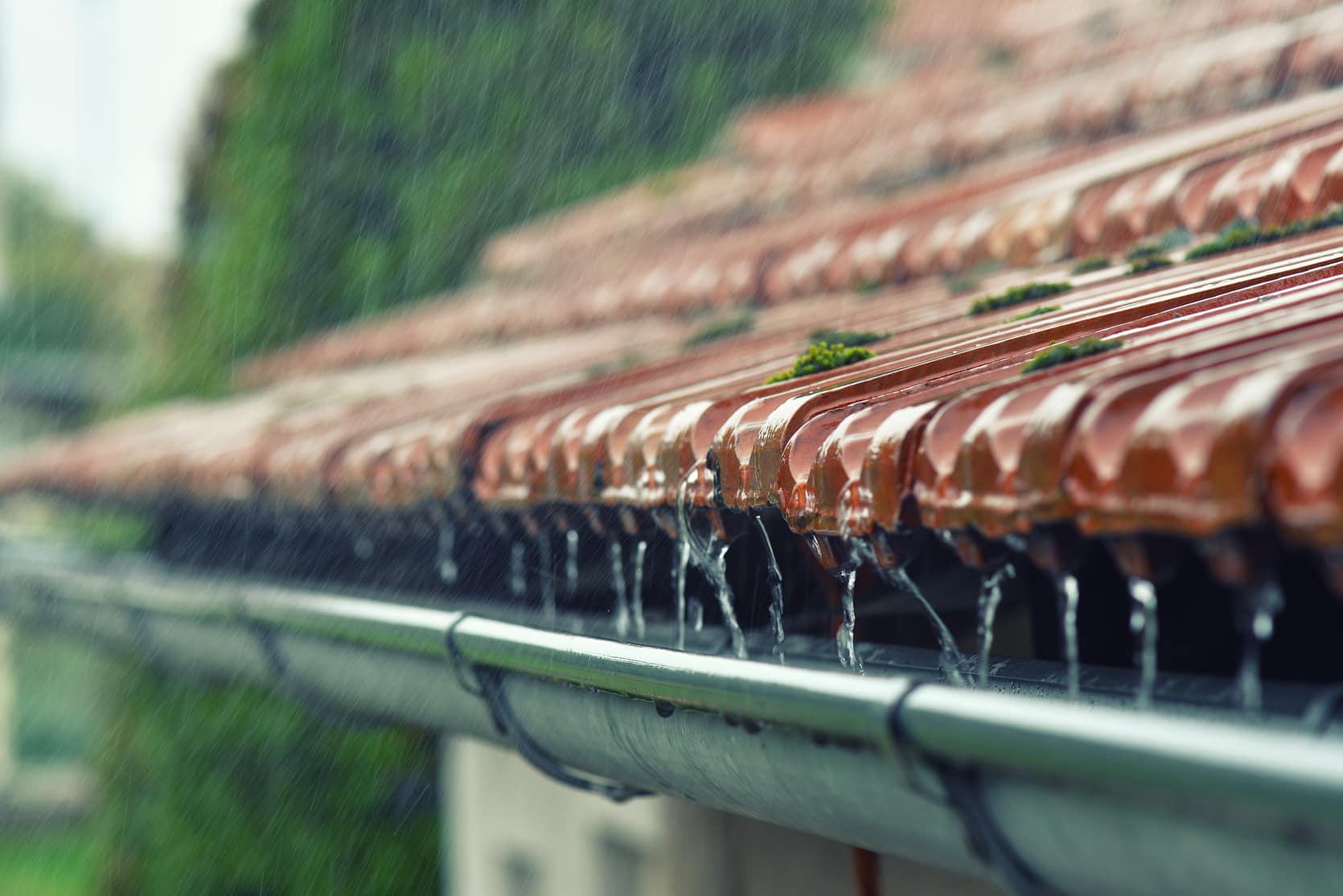
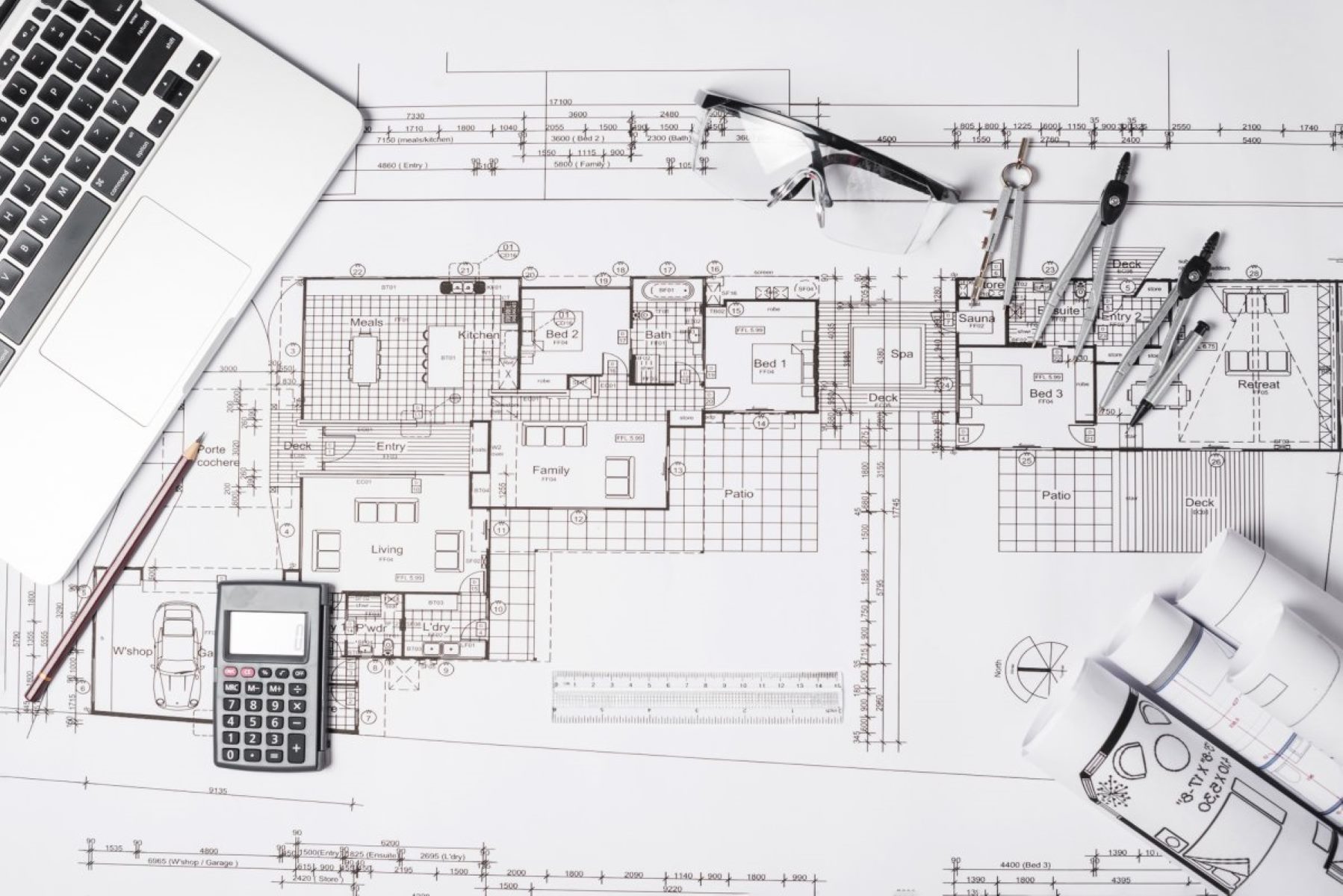
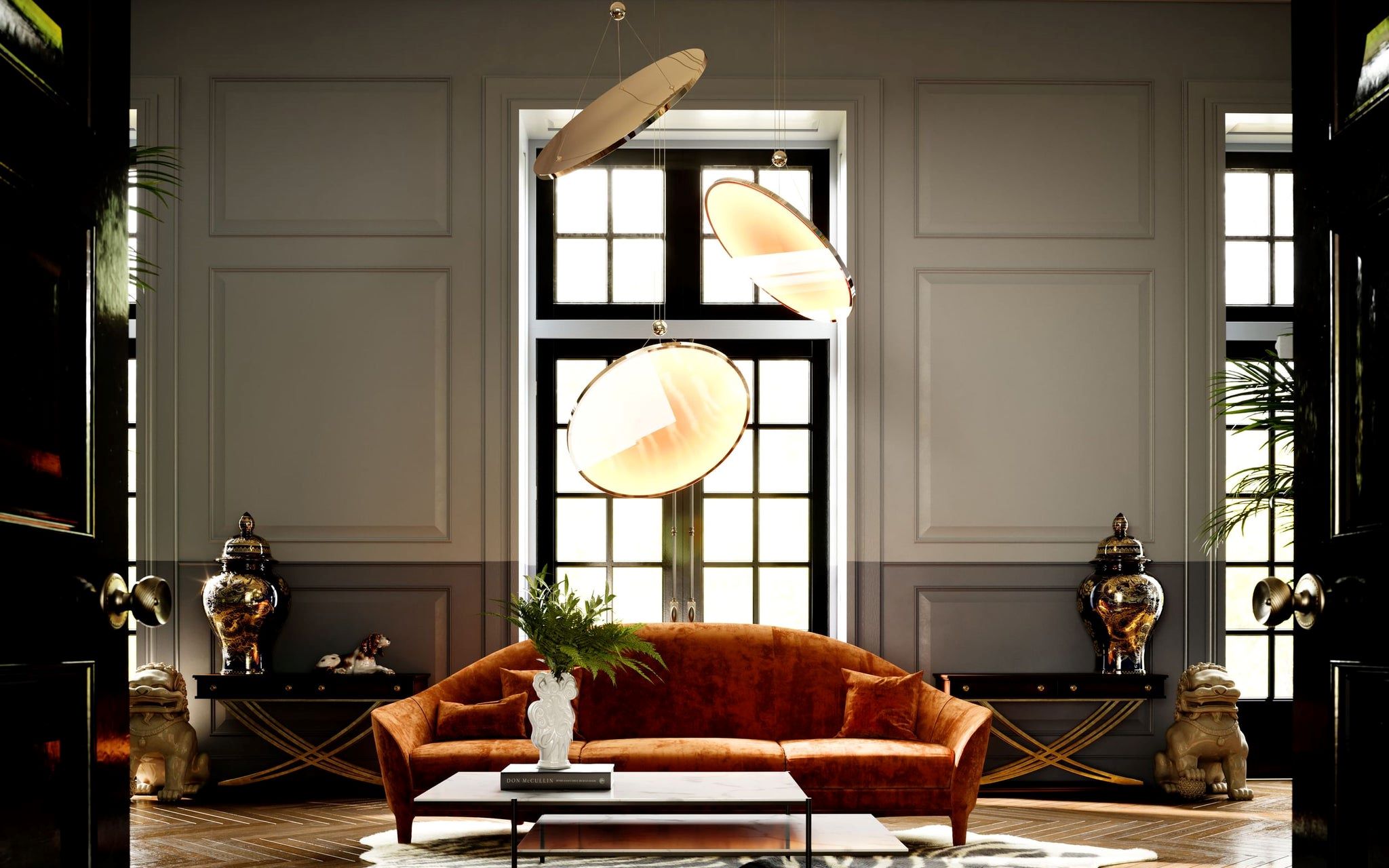
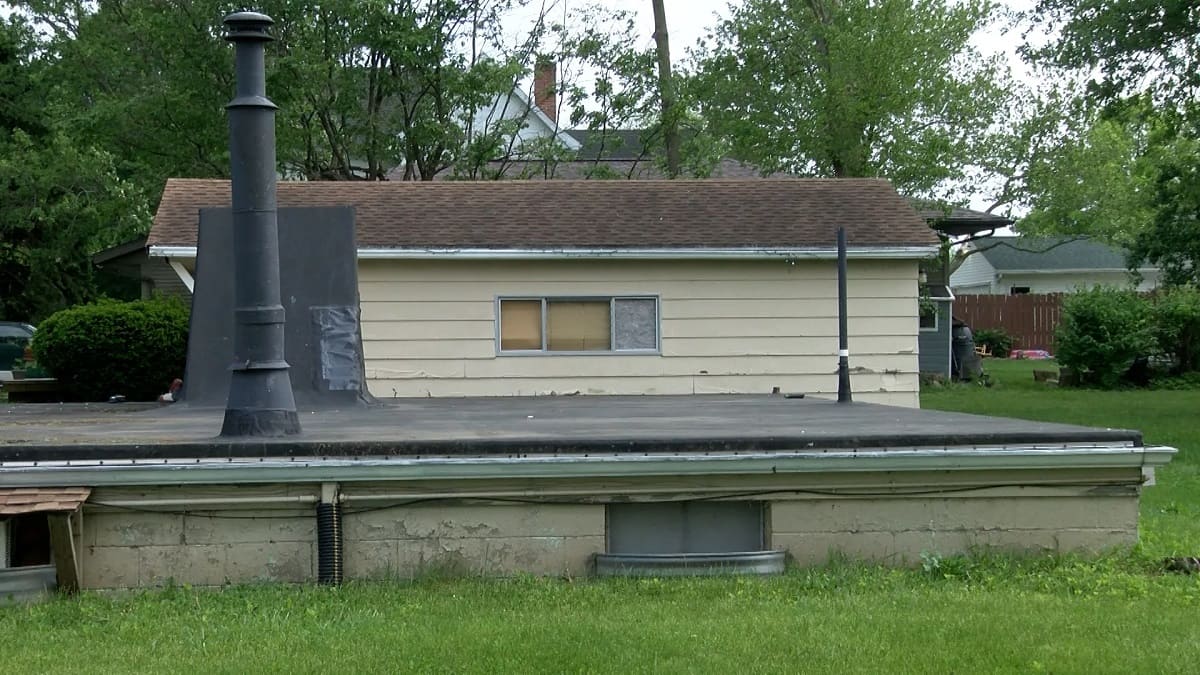
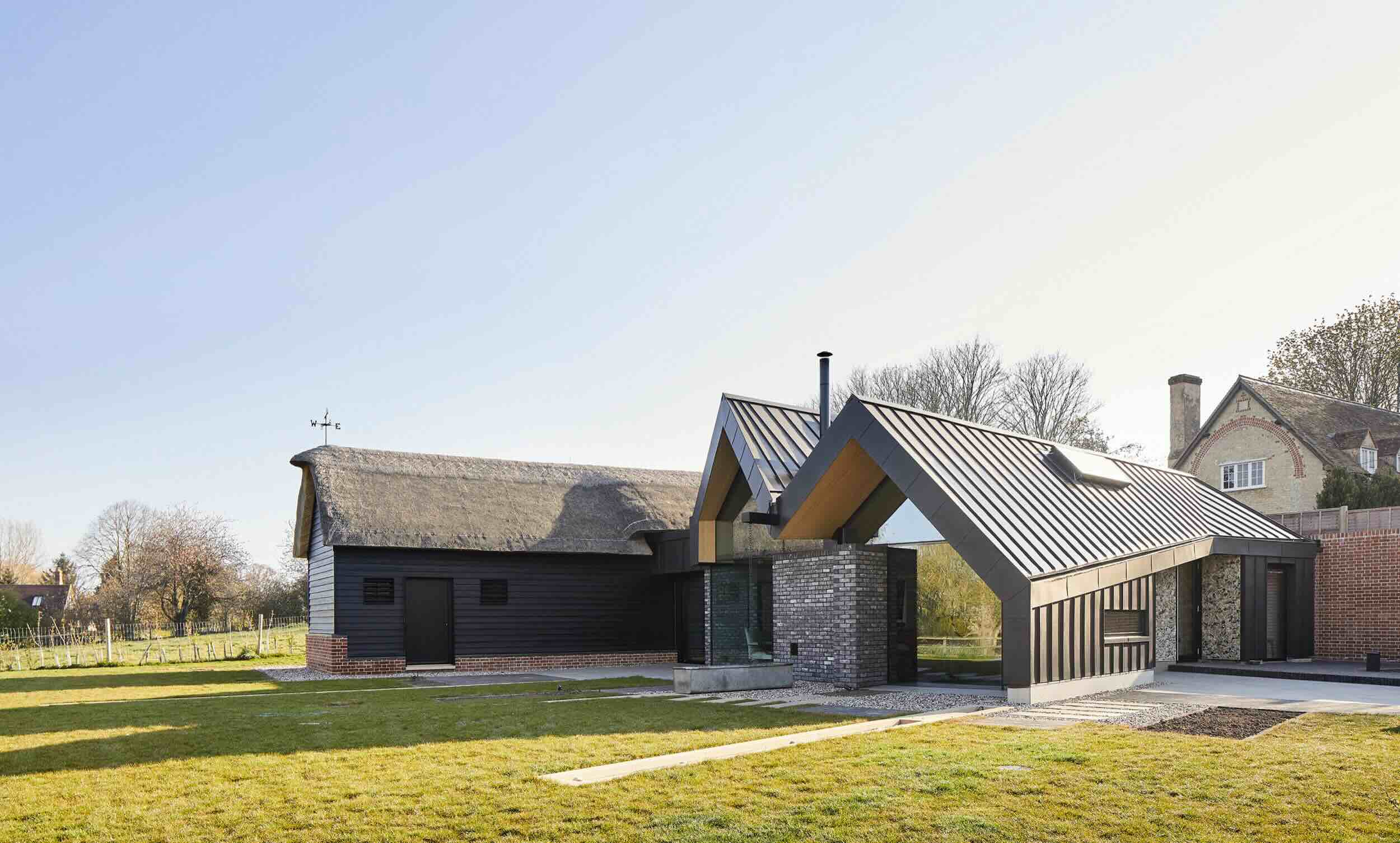
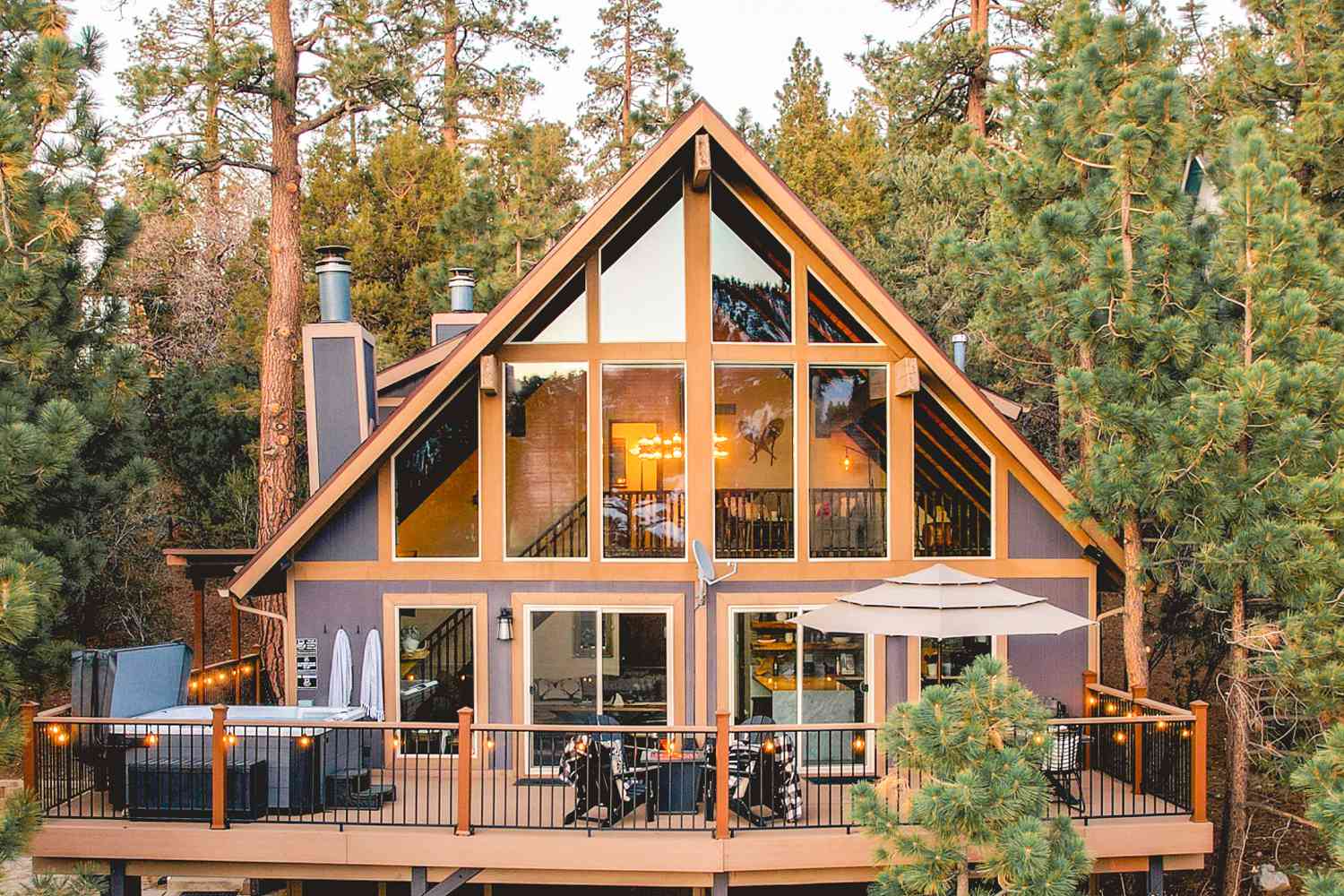
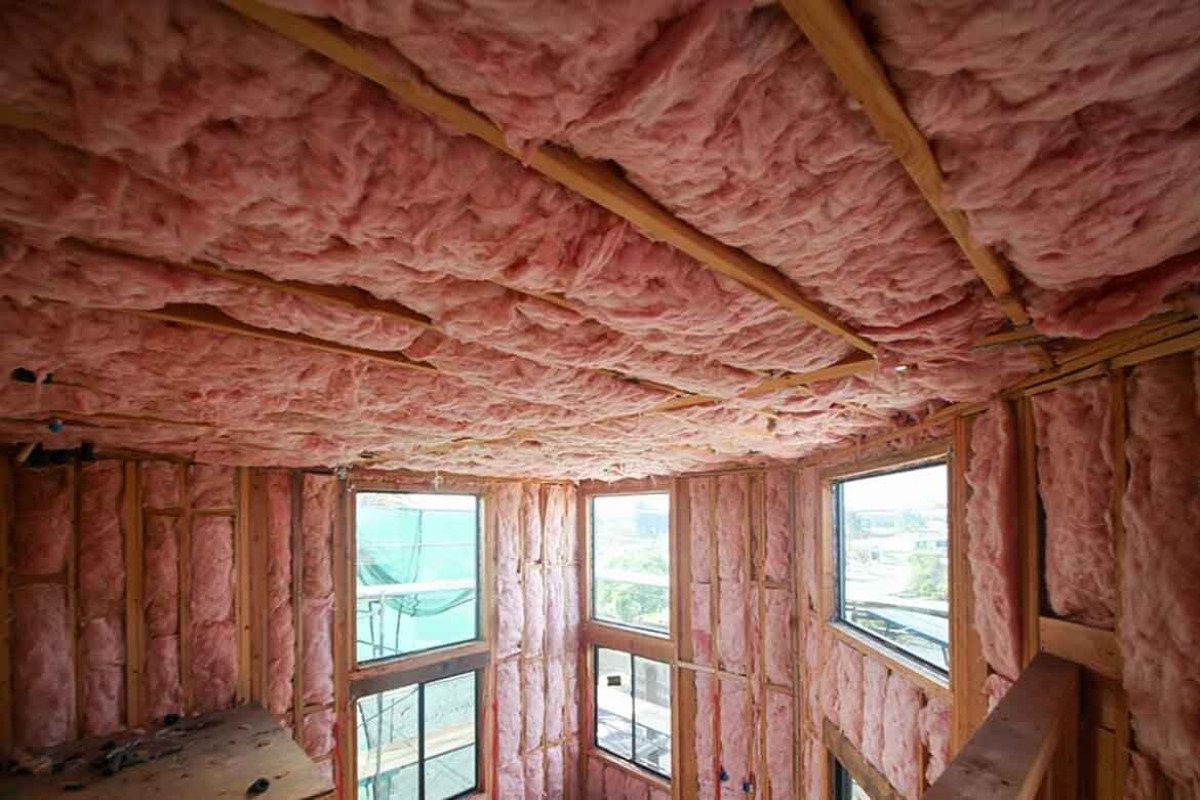
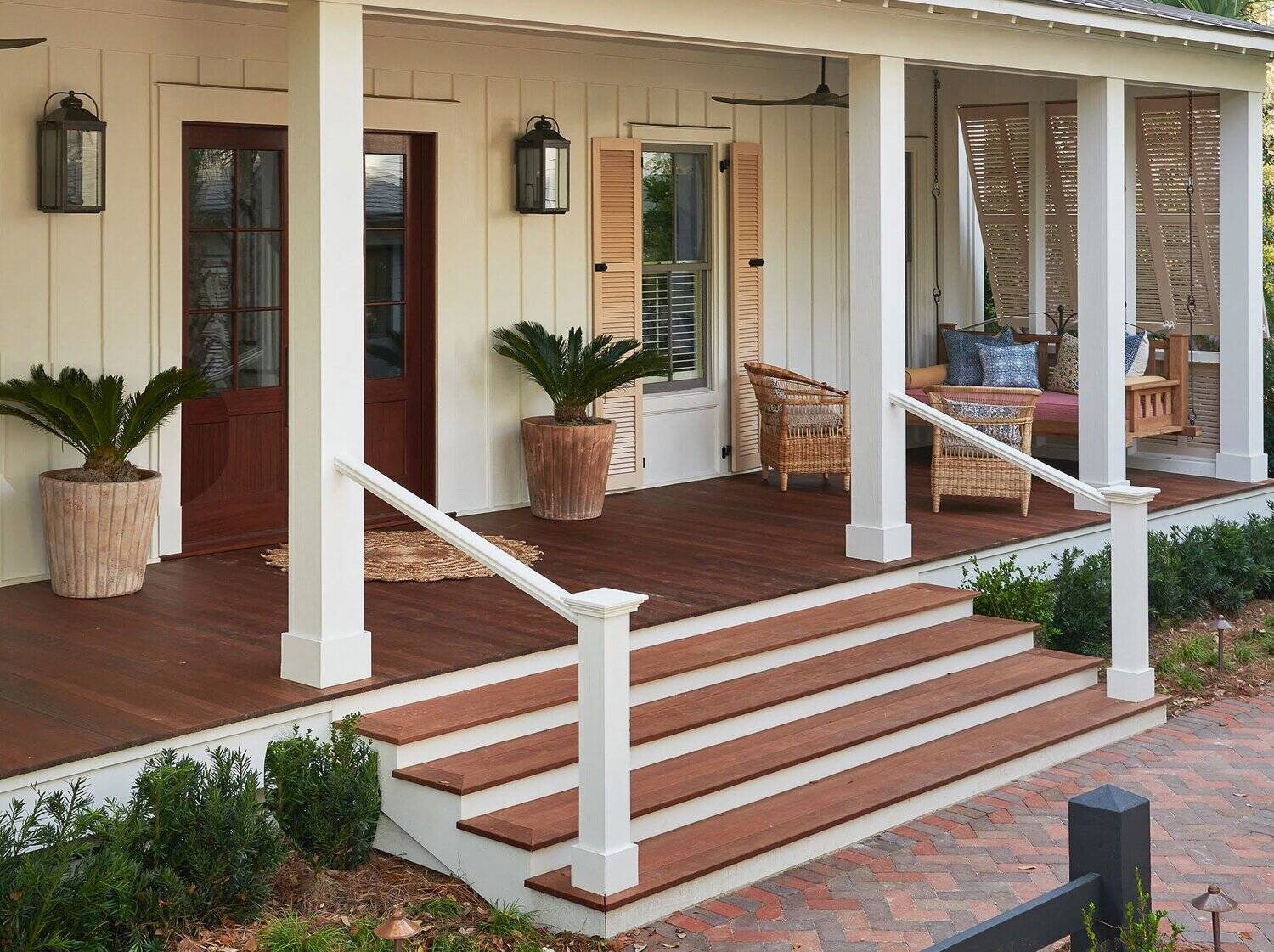

0 thoughts on “What Is The Facade Of A House”